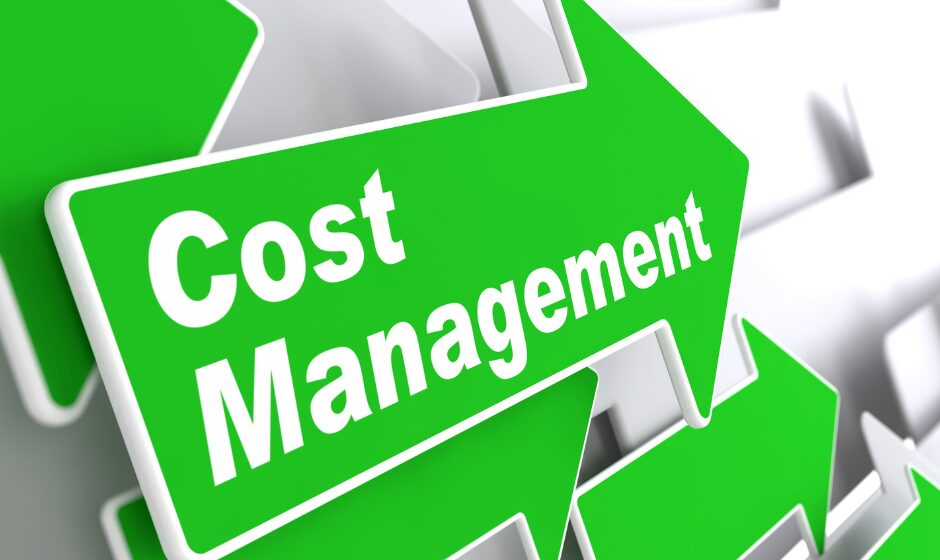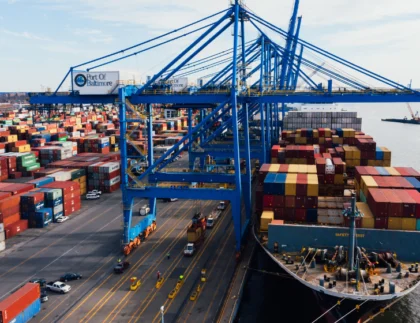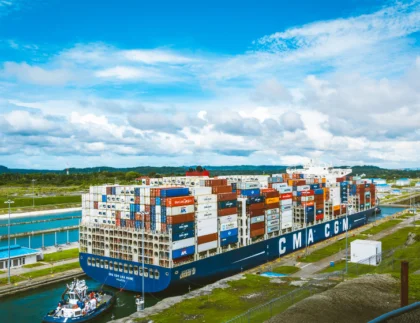
In the fast-paced world of global trade, freight cost management is no longer just about negotiating better rates or choosing the cheapest carrier. With supply chains growing increasingly complex and disruptions becoming more frequent—from port congestion to geopolitical tensions and extreme weather—contingency planning in logistics has become a cornerstone of effective cost control.
Why Contingency Planning Matters
At its core, contingency planning is about preparing for the unexpected. It involves identifying potential risks and creating proactive strategies to keep your supply chain running smoothly when things go wrong. In terms of freight cost strategies, this means putting measures in place to prevent unexpected spikes in shipping costs due to delays, rerouting, or emergency transport needs.
Without proper planning, a single disruption can derail an entire logistics operation, leading to missed deadlines, lost revenue, and inflated freight expenses.
Strengthening Supply Chain Resilience
Supply chain resilience is the ability to withstand and quickly recover from disruptions. By embedding contingency planning into your freight operations, you're essentially building a buffer that shields your bottom line from unexpected shocks.
For example, if a key shipping route becomes unavailable due to political unrest or natural disasters, companies that have already mapped out alternative freight routes can switch without hesitation. This agility minimizes downtime and avoids the high costs associated with last-minute freight arrangements.

Risk Mitigation in Shipping
One of the biggest contributors to rising freight costs is the lack of foresight in managing risks. Risk mitigation in shipping involves not only identifying threats but also evaluating their potential impact and preparing a response.
Key risk areas include:
- Port closures or delays
- Carrier capacity shortages
- Customs clearance issues
- Fuel price volatility
- Fuel price volatility
- Weather-related disruptions
With a well-documented contingency plan, logistics managers can respond to these issues swiftly, often using pre-approved vendors or emergency logistics solutions to maintain service levels without blowing the budget.
The Power of Predictive Cost Analysis
Modern supply chains generate massive amounts of data. Leveraging this data through predictive cost analysis can help logistics teams forecast potential disruptions and cost spikes before they happen.
Using historical data, companies can analyze patterns and predict peak seasons, rate hikes, or vulnerable routes. This proactive approach is not only cost-effective but also forms a vital part of proactive logistics planning, where businesses make informed decisions in advance rather than reacting under pressure.

Freight Budget Optimization Through Contingency Planning
A robust freight budget isn't just about estimating costs—it's about planning for variability. Freight budget optimization takes into account the possibility of unplanned events and includes contingency funds or flexible supplier contracts to manage them.
For example, a company might allocate a certain percentage of its budget to expedited shipping in case of emergencies or negotiate variable-rate contracts that account for sudden changes in fuel prices. These strategies, though slightly costlier upfront, save money in the long run by avoiding inflated costs during a crisis.
Disruption Management in Action
Take the COVID-19 pandemic as a case study. Businesses without a contingency plan were left scrambling for capacity as ports closed, borders tightened, and demand patterns shifted overnight. On the other hand, those with disruption management strategies—such as multi-carrier networks, regional suppliers, and flexible routing—were better positioned to absorb the shock.
The lesson?
Having a clear plan for worst-case scenarios can drastically reduce the financial and operational impact of global disruptions.
Building a Culture of Proactive Planning
Contingency planning should not be treated as a one-time task. It’s an ongoing process that should evolve with changing market conditions and supply chain dynamics.
Logistics teams should regularly review their plans, run simulations, and conduct training to ensure that everyone knows what to do when a disruption occurs.
This culture of readiness strengthens proactive logistics planning, where businesses stay one step ahead rather than playing catch-up. The result is improved reliability, happier customers, and better cost control.

Conclusion
Contingency planning is more than just a safety net—it's a strategic component of modern freight cost management. In an industry where time is money and uncertainty is the norm, being prepared can make all the difference. From identifying alternative freight routes to implementing emergency logistics solutions and leveraging predictive cost analysis, businesses that prioritize risk mitigation and supply chain resilience are better equipped to navigate disruption—and do it cost-effectively.
If you're not already investing in contingency planning as part of your freight cost strategies, now is the time to start. The road ahead may be unpredictable, but with the right plan in place, your freight costs don’t have to be.











